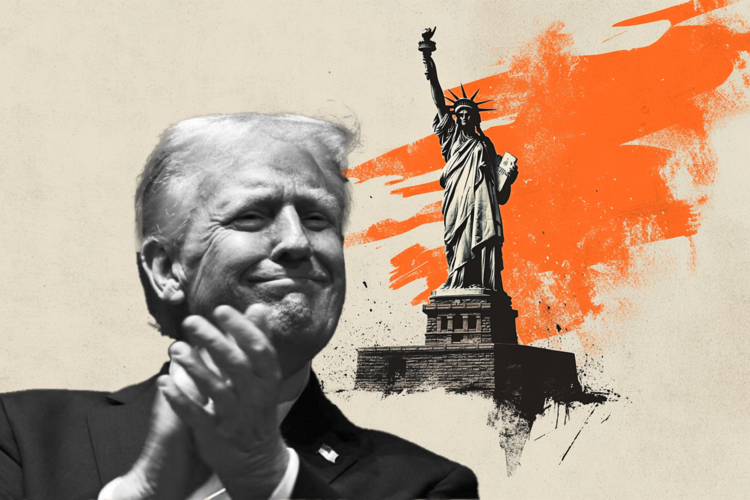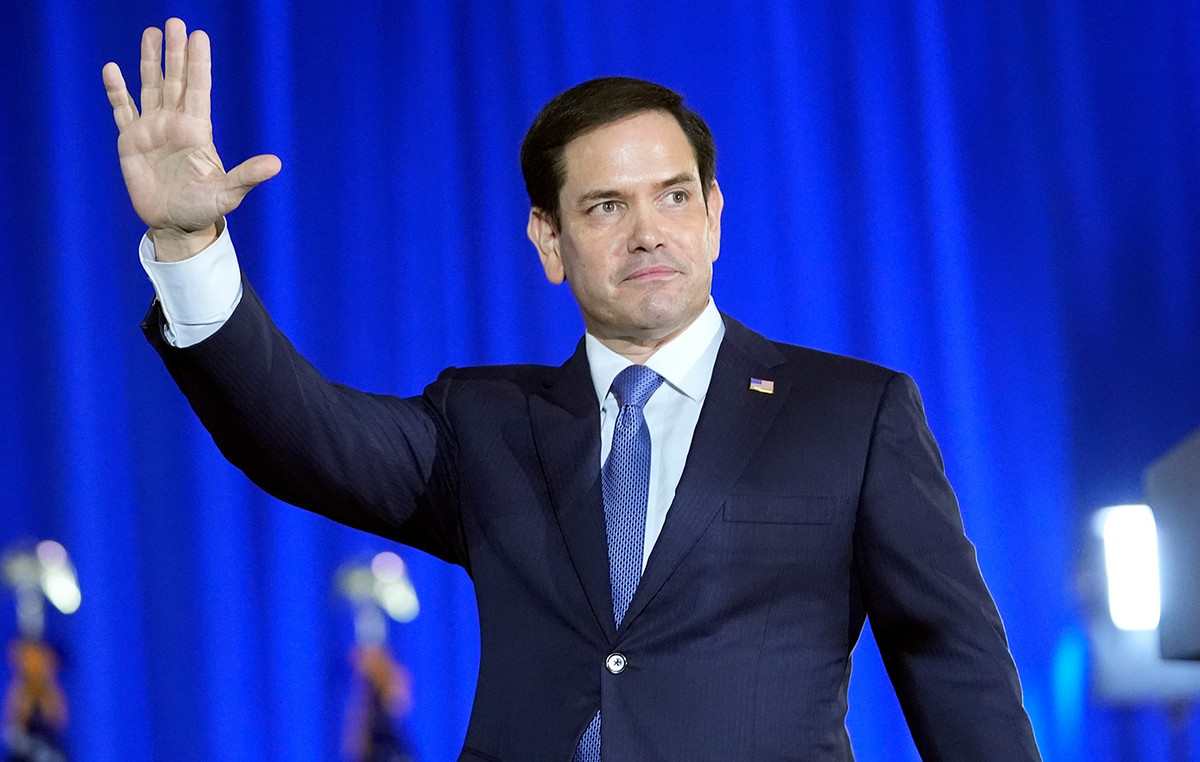LAST UPDATE: 21:50
Wall Street indices are on a strong uptrend, with investors pleased with the Fed’s biggest rate hike in 30 years.
In particular, the Dow Jones industrial average started the session with an increase of almost 400 points, in the process it slowed down and lost the sign for a while after the Fed, but now gains 500 points or 1.7%, moving to 30,872 points.
Similarly, the broader S&P 500 from + 1.42% also went to negative ground but is now strengthening by 2.4% to 3,823 points, while the technological Nasdaq is following an even better course with a jump of 3.4% to 11,200 points.
The Federal Reserve announced its new rate hike, at a brutal + 0.75% this time around, followed by the regular press conference of President Jerome Powell, with investors hoping to give them a better picture of next moves of the bank but also for the course of the American economy.
Disappointing US inflation data released last Friday, which showed that it continues to gallop to 8.6% year-on-year in May, dashed the hopes of those who thought that price increases had peaked and would follow a de-escalation.
The data triggered an uncontrollable sell-off in stocks and other assets, sending the S&P 500 index into a bear market amid fears that more aggressive action by the Fed would lead the US economy into recession.
“The Fed’s primary goal is to tame inflation right now, not to stimulate the stock market. And market downturns seem necessary to meet that target,” Ipek Ozkardeskaya, a senior analyst at Swissquote, told Reuters. note to customers.
“Now that the market has swallowed the 75-unit ‘pill’, it would be unreasonable for the Fed not to raise more,” he added.
An increase of 50 basis points, in theory, should lead to a rally in shares, “but this is really unclear,” said Chris Weston, head of research at Pepperstone.
According to him, “the market could reasonably assume that the Fed is further behind the inflation curve and thus increase the risk aversion”, but in the end the federal bank moved aggressively.
Macro
At the macro level, US retail sales fell for the first time in four months, with vehicle markets plummeting on the broader picture, according to data released today.
In particular, the value of retail sales fell by 0.3%, according to the US Department of Commerce. Excluding vehicles, however, sales rose 0.5% in May. Analysts’ average estimates in a Bloomberg poll spoke of a small increase of 0.1% in retail sales, with a rise of 0.7% without vehicles.
Manufacturing activity in New York improved in June, but remained weak, according to data released today by the New York Fed.
Meanwhile, the Empire State Index for business conditions in the manufacturing sector gained 10.4 points, but remained negative, as in May it had fallen to -11.6%. Specifically, the index stood at -1.2 in June, a measure that indicates a deterioration in business conditions.
Extraordinary ECB meeting
Meanwhile, today, the European Central Bank held an extraordinary meeting to discuss “current market conditions”, after which it announced that it intends to implement a flexible mechanism for reinvesting funds from the PEPP portfolio (the extraordinary program to maintain the functioning of the monetary policy transmission mechanism, which is a prerequisite for the ECB to be able to meet its mission of price stability.
In addition, the Board decided to instruct the relevant Eurosystem committees, together with the ECB’s services, to accelerate the completion of the design of a new anti-fragmentation instrument to be assessed by the Governing Council, in order to address the and the powerful countries of the North.
Source: Capital
I am Sophia william, author of World Stock Market. I have a degree in journalism from the University of Missouri and I have worked as a reporter for several news websites. I have a passion for writing and informing people about the latest news and events happening in the world. I strive to be accurate and unbiased in my reporting, and I hope to provide readers with valuable information that they can use to make informed decisions.







